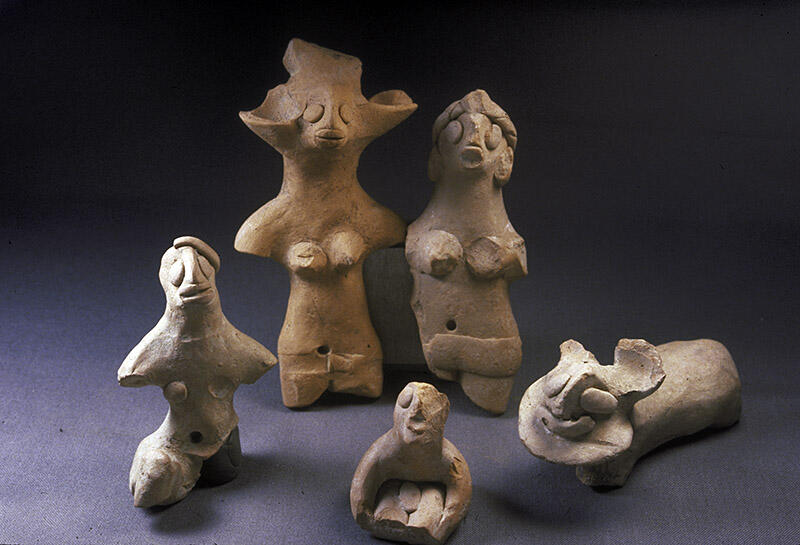After many decades of research, the Indus Civilization is still something of an enigma -- an ancient civilization with a writing system that still awaits convincing decipherment, monumental architecture whose function still eludes us, no monumental art, a puzzling decline, and little evidence of the identity of its direct descendants. In a civilization extending over an area so vast, we expect to find monumental art and/or architectural symbols of power displaying the names of the powerful. Instead, we find an emphasis on small, elegant art and sophisticated craft technology. In this so-called "faceless civilization," three-dimensional representations of living beings in the Harappan world are confined to a few stone and bronze statues and some small objects crafted in faience, stone, and other materials - with one important exception. Ranging in size from slightly larger than a human thumb to almost 30 cm. (one foot) in height, the anthropomorphic and animal terracotta figurines from Harappa and other Indus Civilization sites offer a rich reflection of some of the Harappan ideas about representing life in the Bronze Age.

